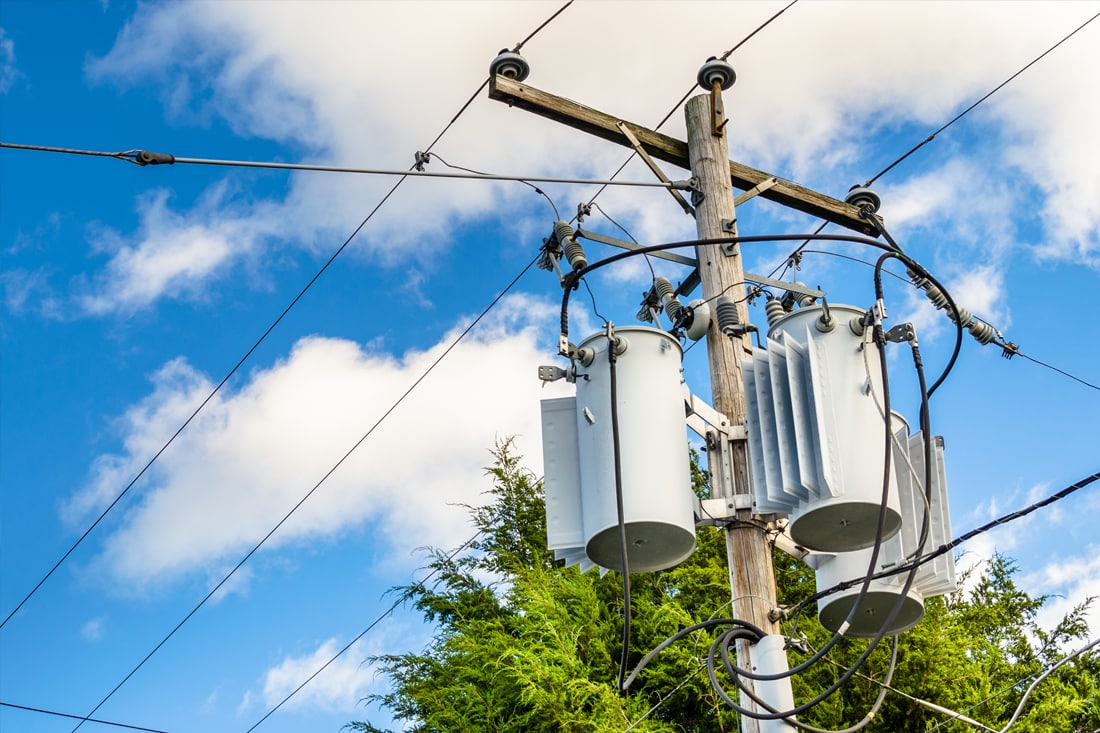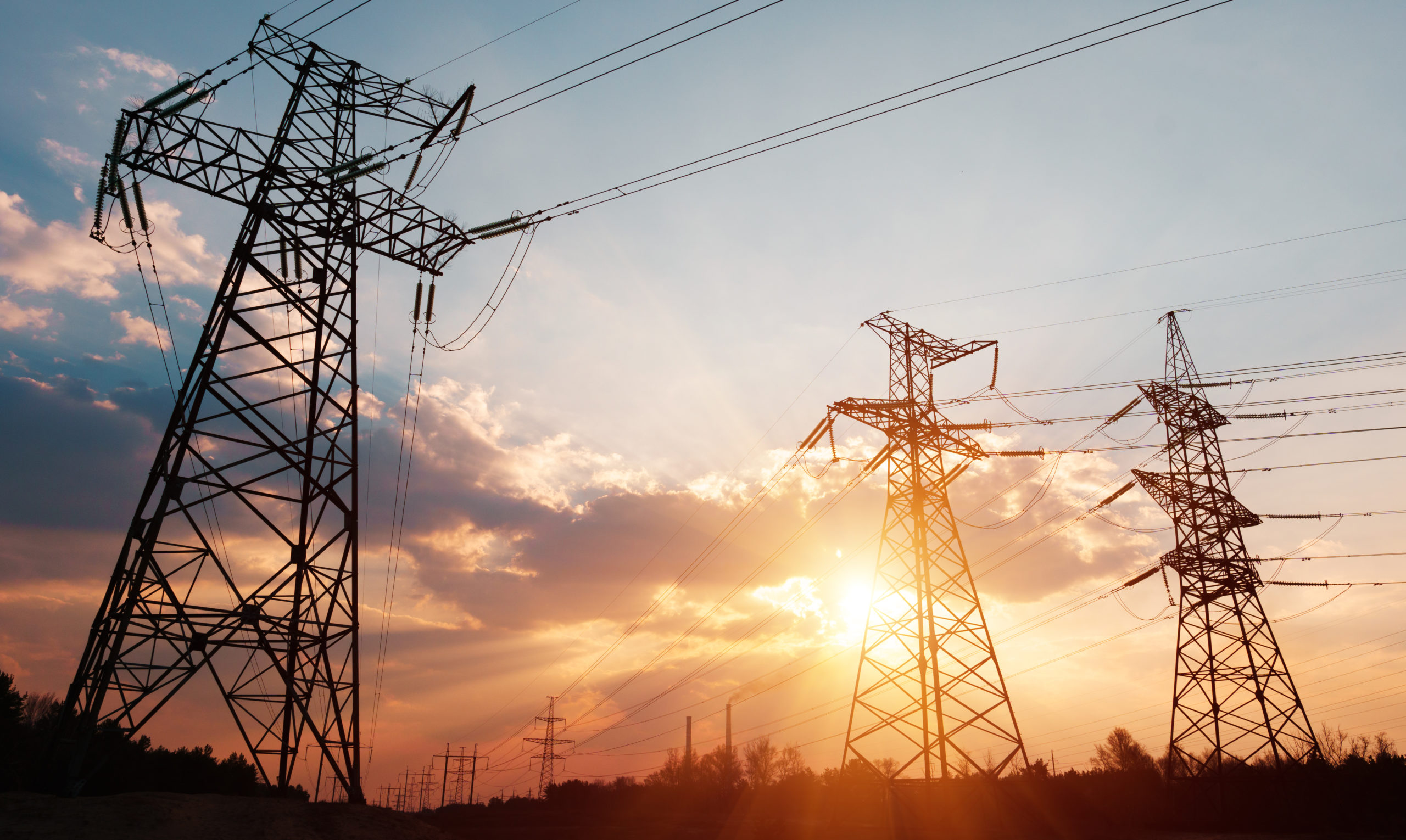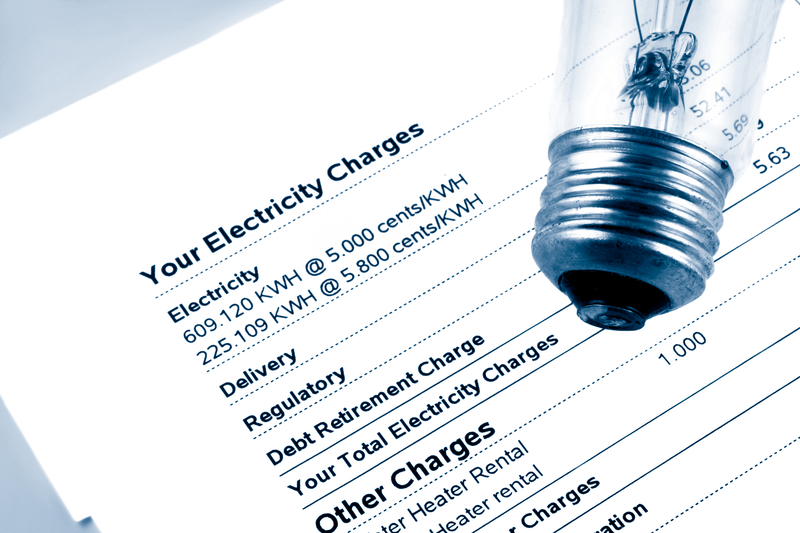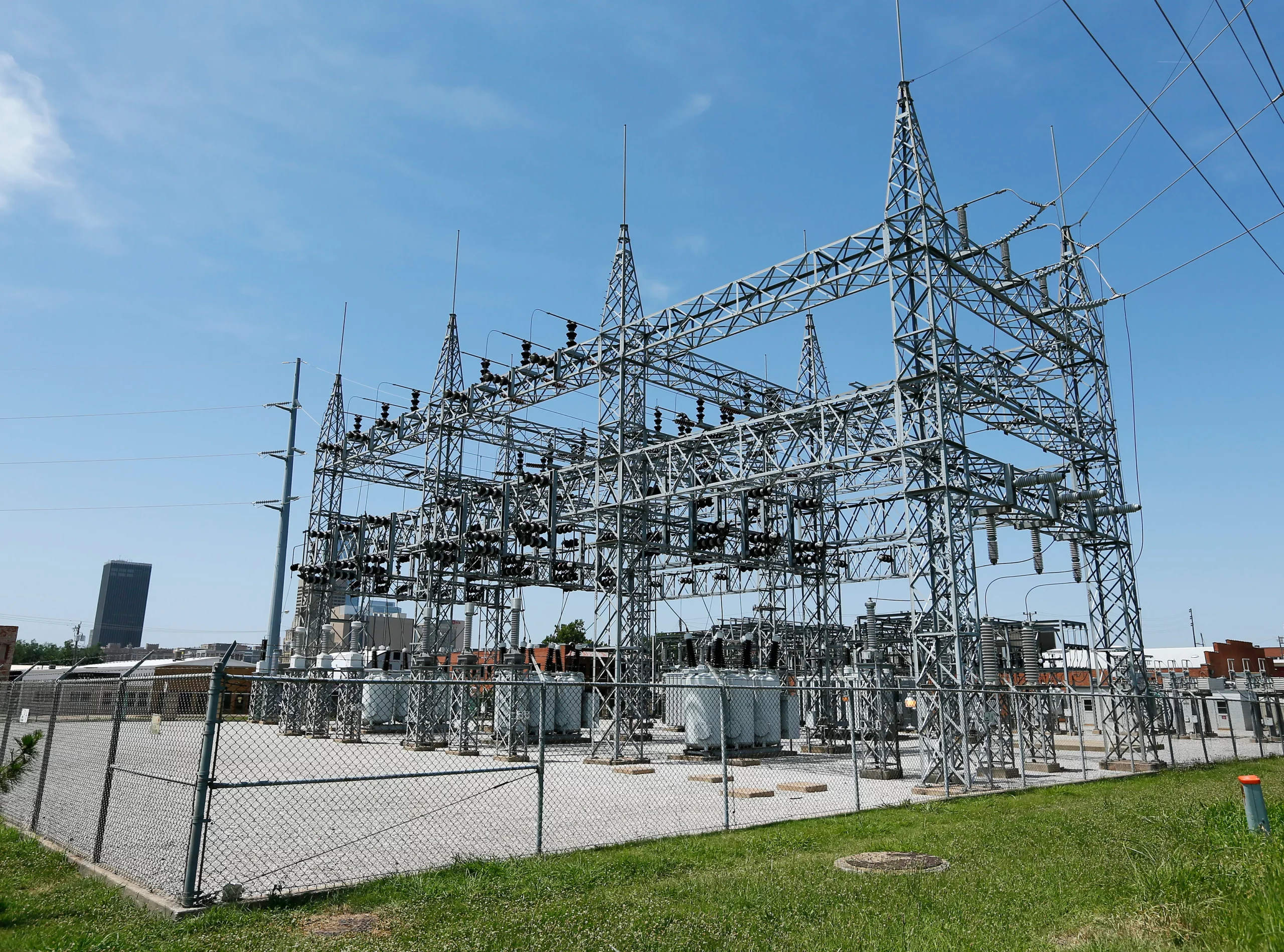This article is your complete guide to understanding what an electricity delivery charge is and how to reduce electricity delivery charges. When looking at your electric bill, you can see there are delivery charges for the electricity you use every month. These charges are often misunderstood and can result in questioning why is my electric delivery charge so high? And although electric delivery charges are an essential part of receiving electricity from the grid, you may be unintentionally paying more that you should be! That’s why we have put together this guide to help you better understand what is a delivery charge on electric bill and how to lower the cost.
Here at The Energy Professor, we want to give you the information you need to not only save money on your energy bill, but to also become more energy efficient. We hope find this post helpful! And makes it easier for you to know more about how to reduce electricity delivery charges. Be sure to also check out our one of a kind energy savings calculator!
The Energy Professor Electricity Rate Check Tool
What is an Electricity Delivery Charge?

An electricity delivery charge is what you pay the utility company for servicing and delivering power to your home or small business. Anyone who uses electricity on the grid has power that is managed by a utility provider. This information is important when you are trying to fully understand your electric bill. These providers are also known as Transmission and Distribution Utility or the Transportation Distribution Service Providers. The singular purpose of this company is to service and maintain all electrical distribution equipment for distribution. Energy delivery charges are determined by the highest volume of electricity you may require at any given point in time. This differentiates demand charges from what you pay for actual consumption.
Calculating Electric Delivery Charges
- Energy delivery charge rates are calculated by the state’s Public Utility Commission (PUC) rate tariff. Each energy provider has its own rate tariff that is approved by the PUC. This rate is then calculated into your electricity delivery fee. So what you pay will depend on which utility provider you are contracted with.
When wondering why is my electricity delivery charge so high, it’s important to understand the difference between electricity demand and consumption. Demand is measured by kilowatts, whereas consumption is measured by how much electricity you use.
Related Post: How Many Watts Are In One Kilowatt Hour?
Why is my Electric Delivery Charge so High?

Many homeowners are baffled by the delivery charge on your electric bill each month. But rest assured, you’re not alone. When looking to find ways to lower my electric bills, many of our customers find themselves confused by the various charges on their statement. One of the most common inquiries is about why the electric delivery charge is so high.
Let’s break it down in simple terms:
Why is the Delivery Charge So High?
- Upkeep and Maintenance: Electricity delivery charges help keep the electrical grid running smoothly. Upkeep and regular maintenance of the infrastructure are necessary but can be expensive.
- Local Regulations: Sometimes, local regulations and policies can affect the cost. Different areas may have different requirements and standards, leading to varying charges.
- Third-Party Involvement: Remember that the electricity market often involves utility companies and third-party entities. They each play a role in setting the charges, which can add complexity and sometimes higher fees.
- Energy Source: If the electricity is being delivered from a distant source or through a congested route, this can also inflate the delivery charge.
Understanding why your electric delivery charge might be high is the first step in taking control of your energy costs. While some factors are beyond your control, there’s plenty you can do to lower your electric bills. Remember, knowledge is power (pun intended!), and by understanding the breakdown of your bill, including the electric bill distribution charge, you’ll be well on your way to a more energy-efficient and budget-friendly home. Feel free to reach out to your local utility company for more personalized advice, and keep an eye on your energy consumption. You might just find some pleasant surprises on your next bill!
Related Post: Which States Have a Deregulated Energy Market?
How to Reduce Electricity Delivery Charges
Many households find themselves perplexed by the escalating delivery charges for electricity. If you are puzzled about how to lower your delivery charges, you’re not alone. Fortunately, several approaches can be employed to reduce these costs. Your electric bill’s delivery charges may seem a daunting aspect to control, but with the strategies outlined below, you have the tools to take charge. By understanding your energy consumption, taking advantage of TOU rates, ensuring equipment efficiency, and exploring alternative energy solutions, you can make a tangible difference in your monthly bills. Empowering yourself with knowledge and taking proactive steps will not only contribute to a more energy-efficient home but also pave the way towards a more sustainable and budget-friendly living.
5 Ways to Lower your Electric Delivery Charges
- Check for a faulty meter
- Take advantage of TOU rates
- Review your load profile
- Be more energy efficient with your usage
- Consider cheaper energy alternatives
Check for a Faulty Meter
A faulty meter can inaccurately record your electricity consumption, resulting in inflated delivery charges. If you’ve recently switched from an analogue meter to a SMART meter, be sure to have your utility provider confirm your meter’s accuracy.
Take Advantage of TOU Rates
Time-of-Use (TOU) rates vary depending on when you use electricity. Shifting consumption to off-peak hours can lead to substantial savings. Understanding your local rate structure will enable you to maximize these benefits.
Review Your Load Profile
Examining the load profile of your home or business, especially during peak times, can help in reducing demand charges. Consider enrolling in a load control program that monitors your electricity usage, identifying trends that could lead to savings.
Practice Energy-Efficiency in Your Electricity Usage
Inefficient energy use often results in high demand charges. By staggering the operation of equipment and maintaining them efficiently, you can reduce these costs.
Consider Cheaper Energy Alternatives
Exploring alternative energy sources like solar energy and investing in energy storage solutions can further decrease your dependence on the grid. This can lead to a reduction in the delivery charges you pay to the utility company.
Related Post: How to Calculate Electricity Cost
Electricity Delivery Charge FAQ

Q: How can I reduce my Con Ed delivery charges?
A: Lowering your energy bill can be done in a multitude of ways. We find it’s best to take advantage of smaller, more simple steps. Such as running full loads of laundry, avoiding special cycles, and air-dry or towel off clean dishes. You can also use power strips for electronics. This way, with the flip of a switch, you can easily cut off power to multiple devices at once.
Q: Why are delivery charges so high?
A: The idea is that even if you are using very little electricity (or natural gas) there is a cost to provide the service to you as averaged over all customers. Those costs are primarily from creating or maintaining the infrastructure to distribute electricity or natural gas.
Do you Need Cheaper Electricity?
If you’ve taken the time to understand the information on your bill and discovered you’re paying more than you’d like for your electricity, have you looked around for a cheaper deal? The Energy Professor has a wealth of information on ways to save on your utilities, including details of top deals that could significantly reduce your monthly or quarterly electricity bills.
We hope you found this article helpful! If you are looking for ways to increase the energy efficiency and sustainability in your home be sure to take a look at all of the latest renewable energy options in your area. The Energy Professor helps residential and small business owners find qualified energy suppliers in New York, New Jersey, Pennsylvania, Texas, Ohio, Maryland, Illinois, and Massachusetts.



